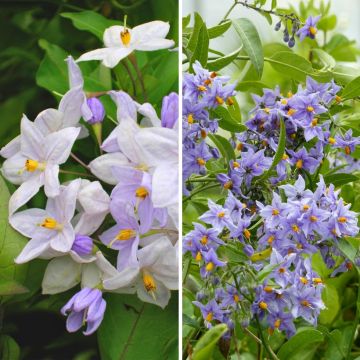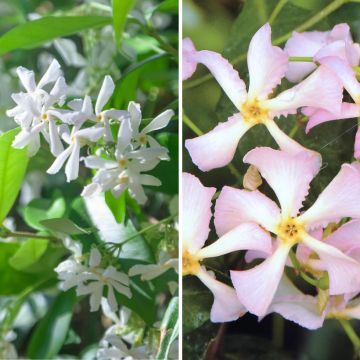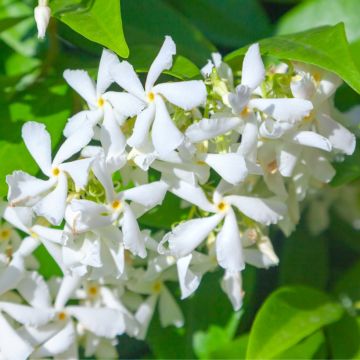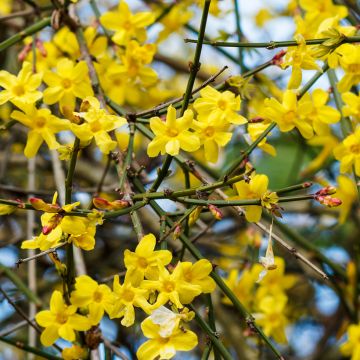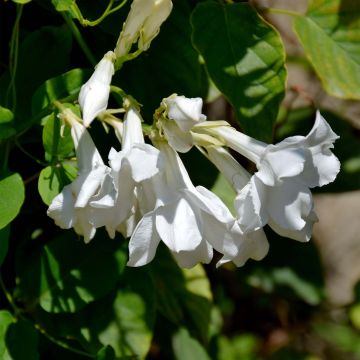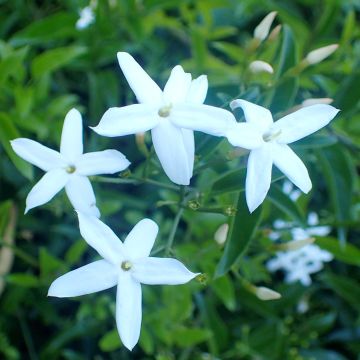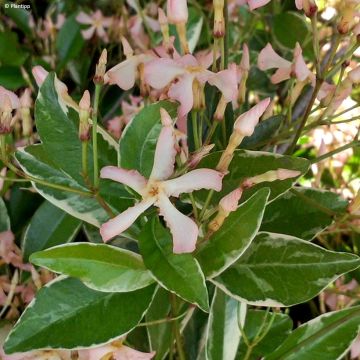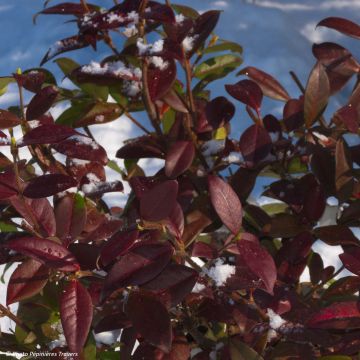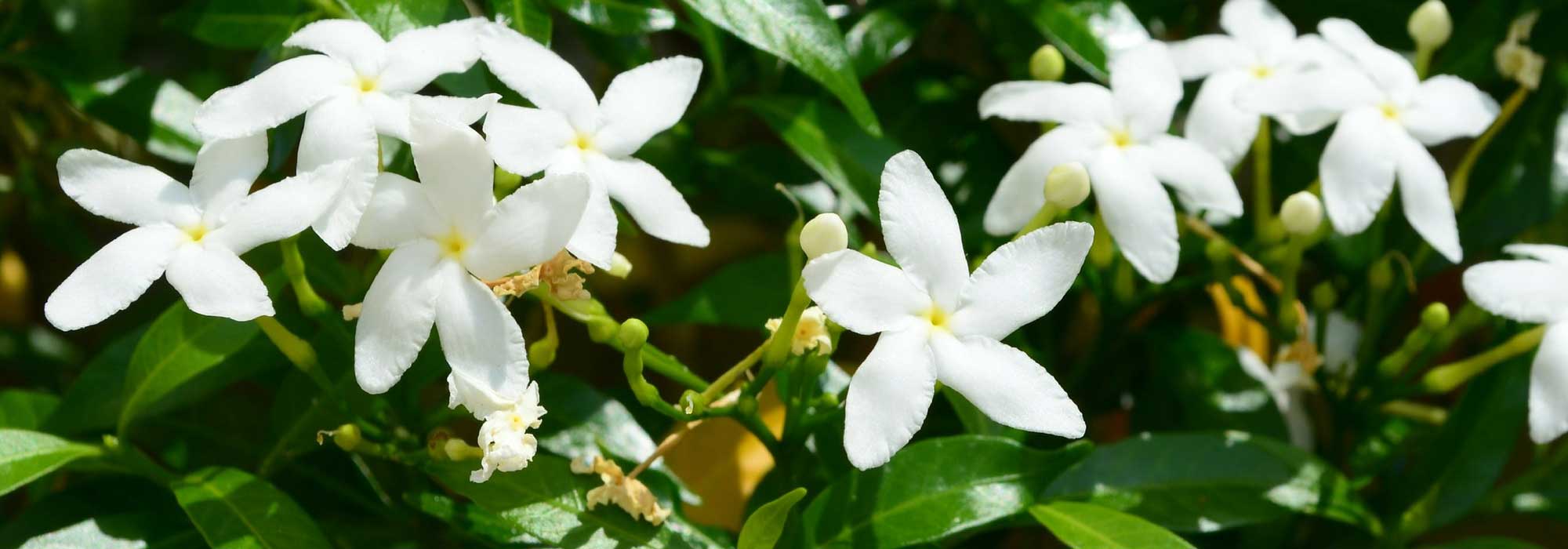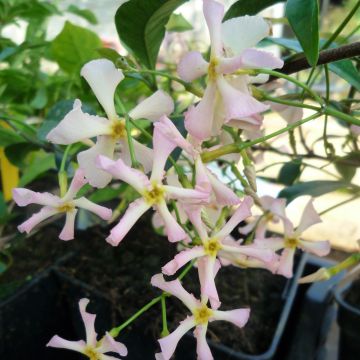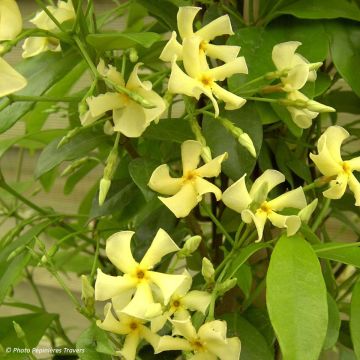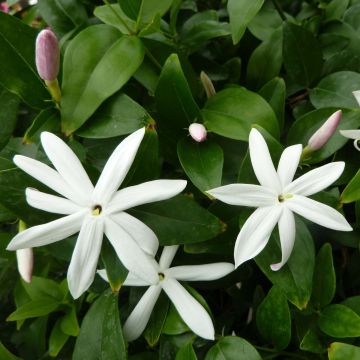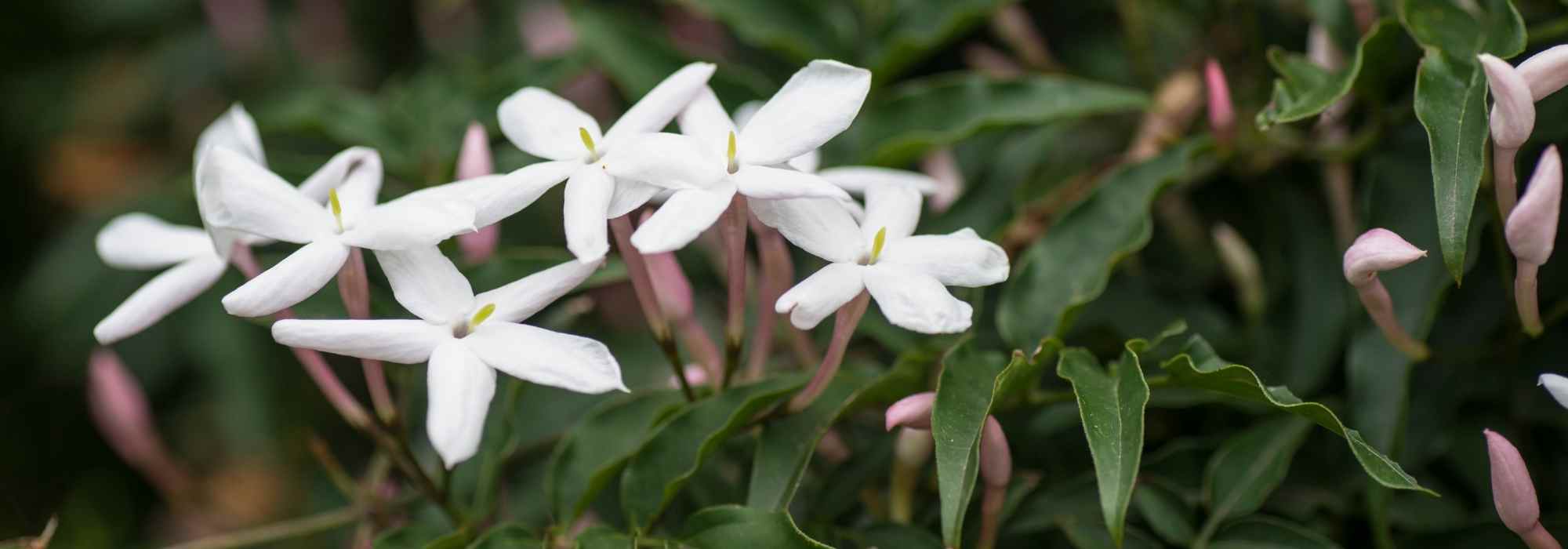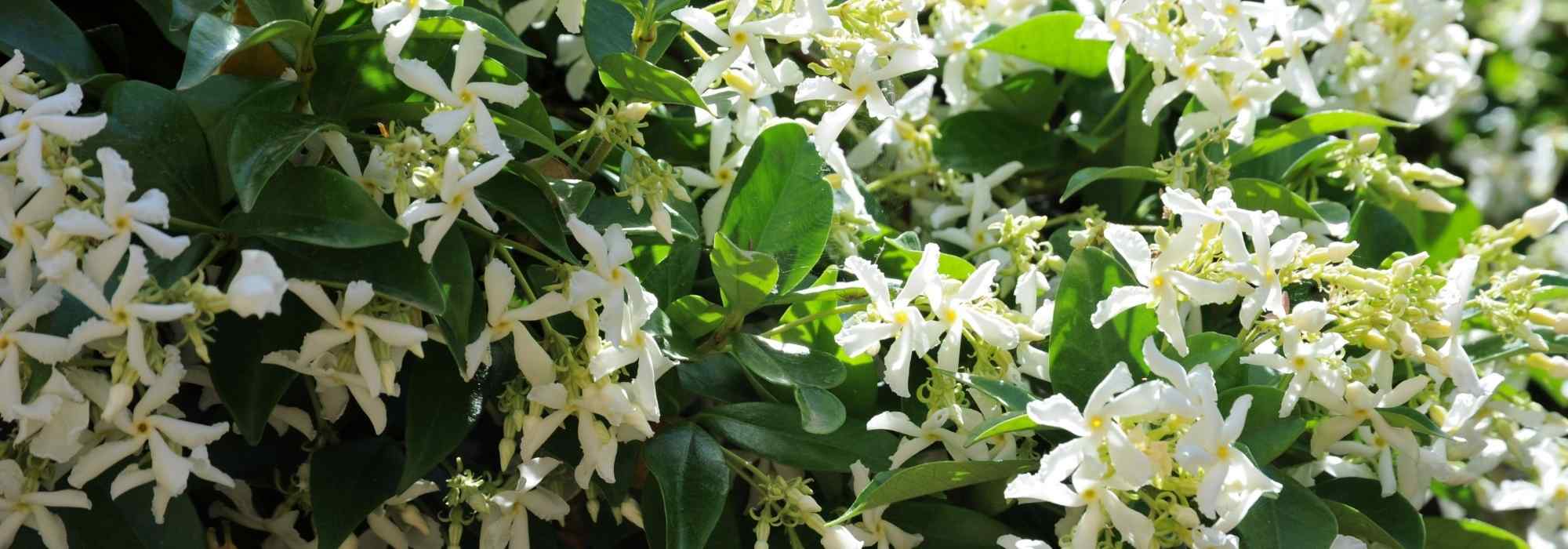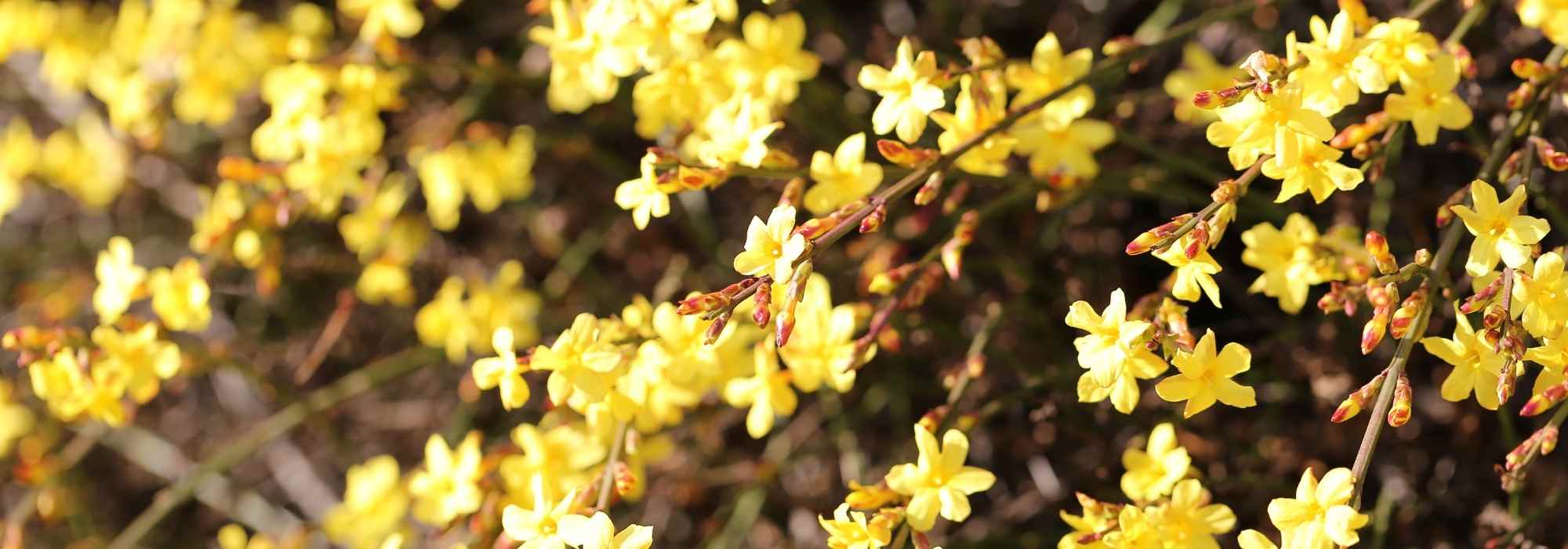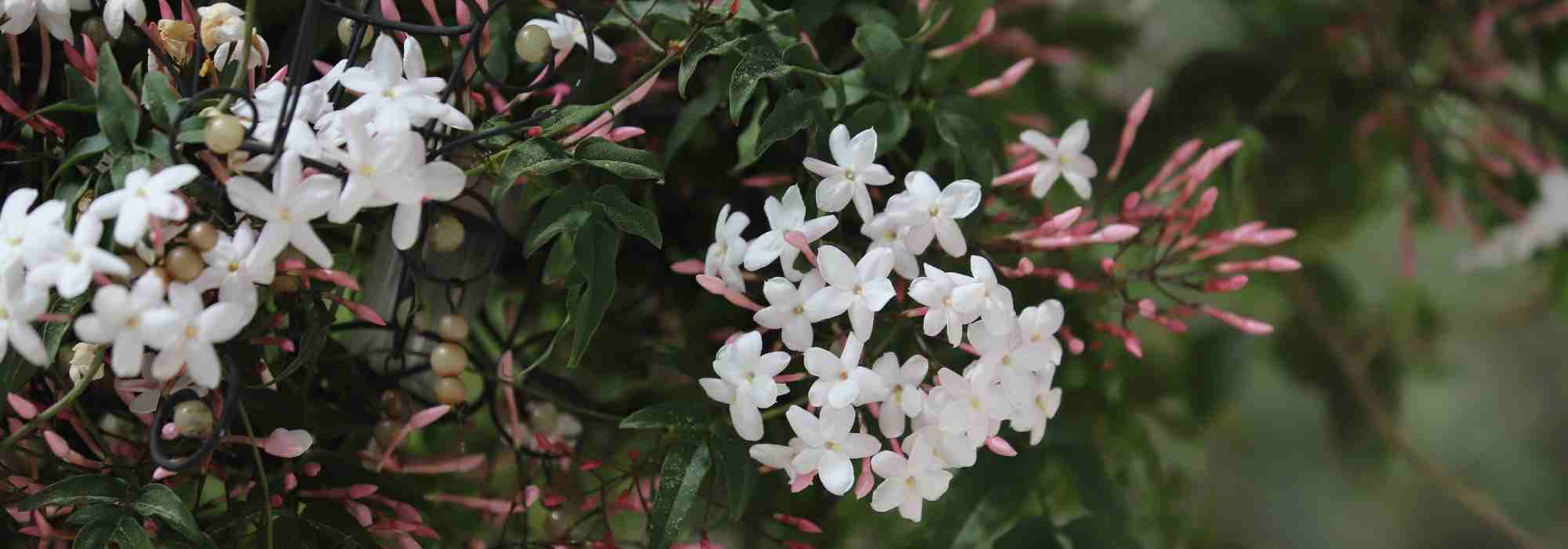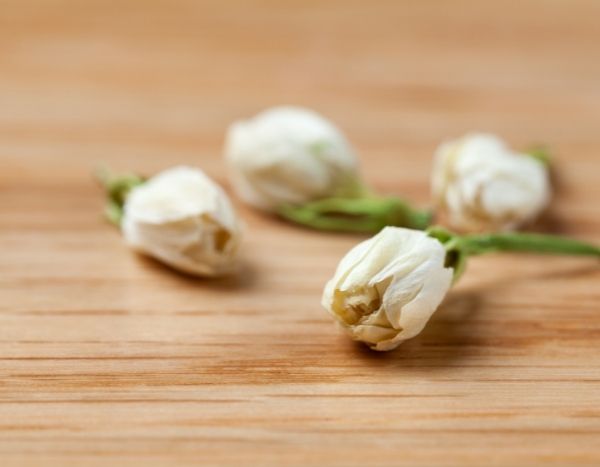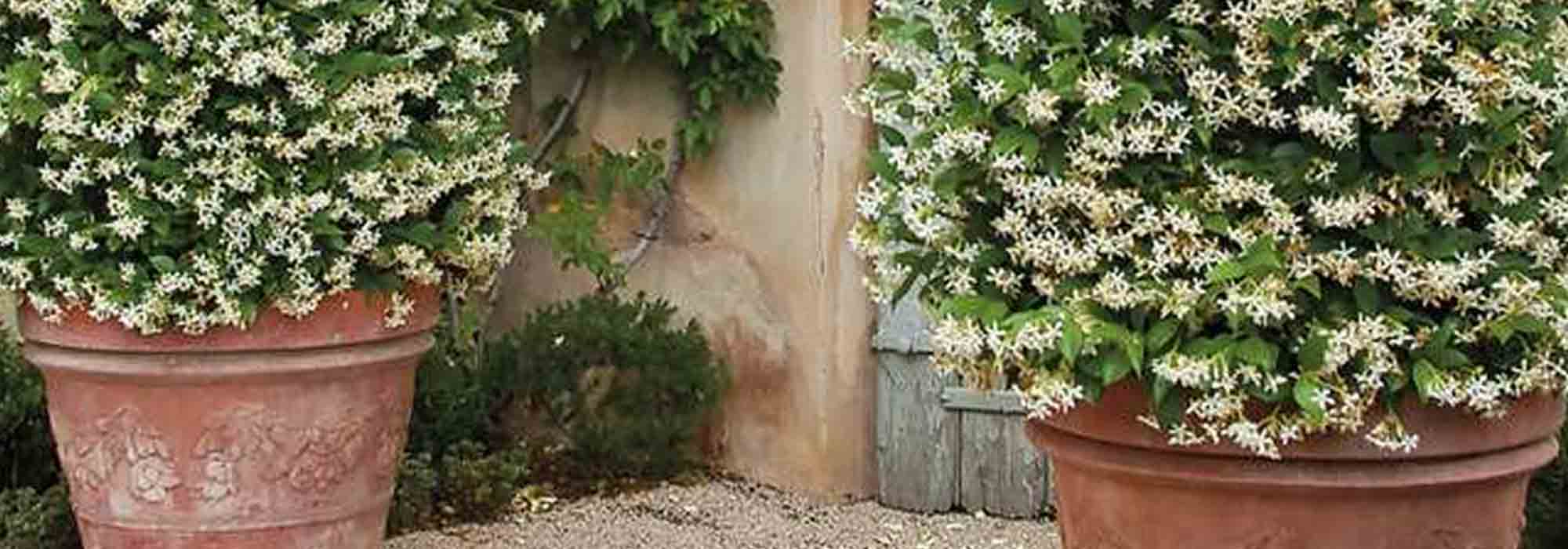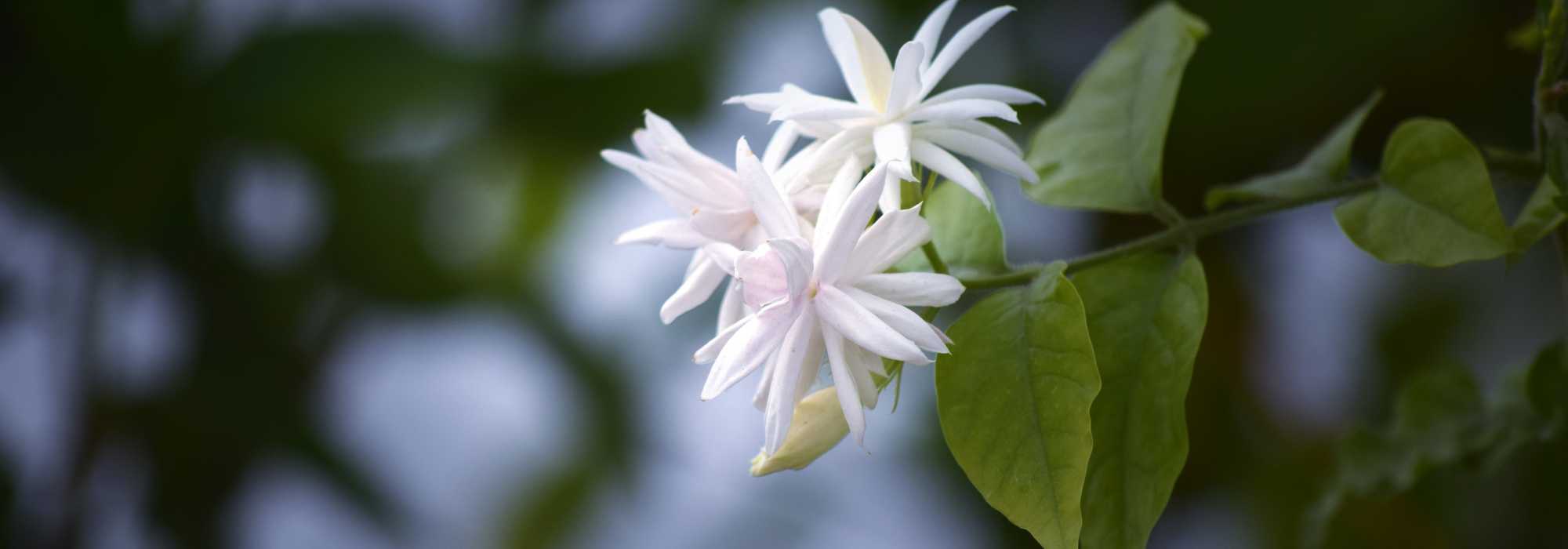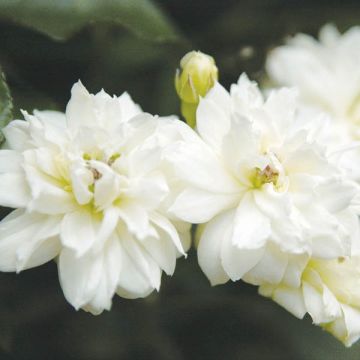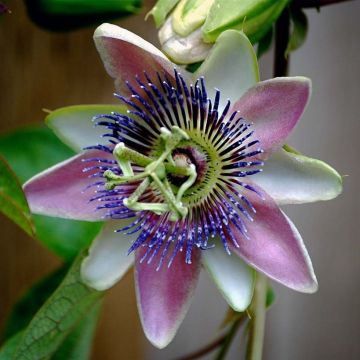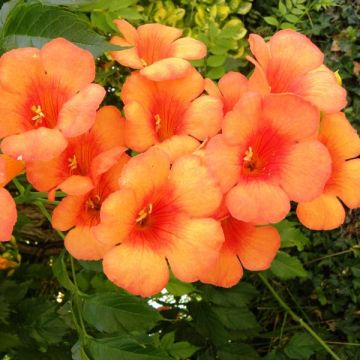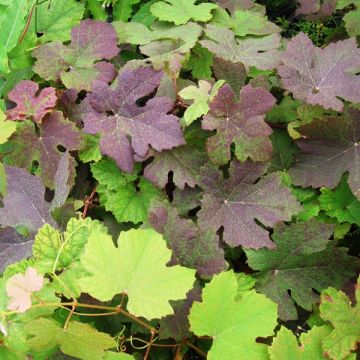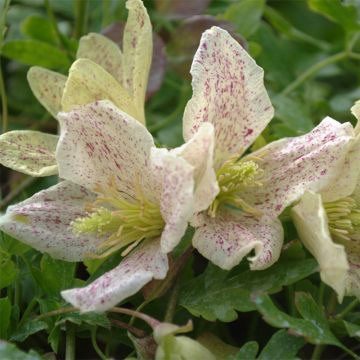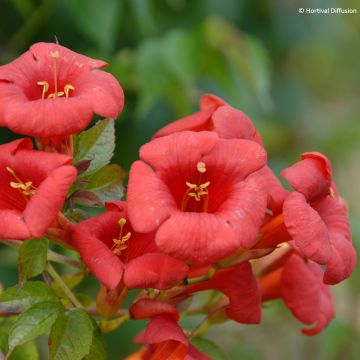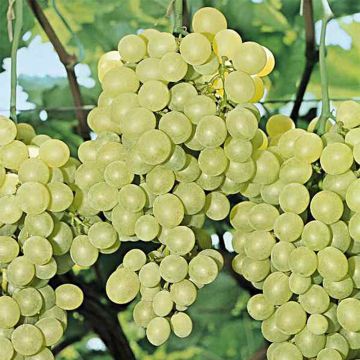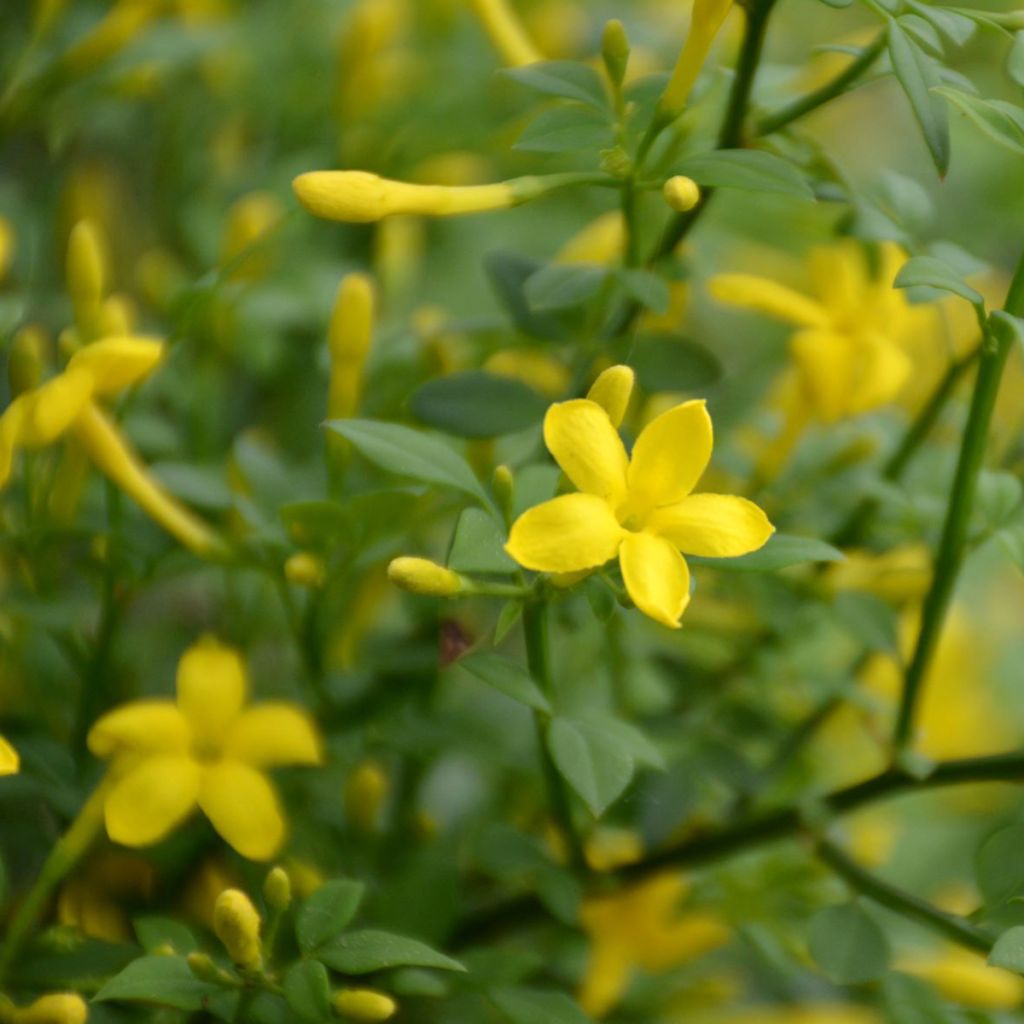

Jasminum fruticans Stellar - Yellow Jasmine
Jasminum fruticans Stellar - Yellow Jasmine
Chrysojasminum fruticans
Yellow Jasmine, Yellow Jessamine
Special offer!
Receive a €20 voucher for any order over €90 (excluding delivery costs, credit notes, and plastic-free options)!
1- Add your favorite plants to your cart.
2- Once you have reached €90, confirm your order (you can even choose the delivery date!).
3- As soon as your order is shipped, you will receive an email containing your voucher code, valid for 3 months (90 days).
Your voucher is unique and can only be used once, for any order with a minimum value of €20, excluding delivery costs.
Can be combined with other current offers, non-divisible and non-refundable.
Why not try an alternative variety in stock?
View all →This plant carries a 24 months recovery warranty
More information
We guarantee the quality of our plants for a full growing cycle, and will replace at our expense any plant that fails to recover under normal climatic and planting conditions.
Would this plant suit my garden?
Set up your Plantfit profile →
Description
The Jasminum fruticans Stellar, also known as the yellow jasmine or woody jasmine, is a Mediterranean shrub with a modest appearance but excellent robustness, ideal for landscaping a garden without watering or a slightly arid large rockery in not-too-cold climates. It will charm with its small evergreen foliage, cheerful spring flowering in small yellow stars, and willingness to grow without assistance in poor, limestone, arid soils in summer. For example, you can plant it in a garigue-type bed with cistus and lavender.
Chrysojasminum fruticans, the woody yellow jasmine, belongs to the Oleaceae family. It is one of the few native jasmine species in France. It is found in sunny places, on dry, often rocky and limestone soils. From its stump, the plant produces green, square-sectioned, brittle stems. The overall vegetation has a somewhat disorderly, bushy appearance. Eventually, the bush measures, on average, 1.50 m in height and 1 m in width, depending on the growing conditions. The foliage is generally evergreen in the Mediterranean region during winter but semi-evergreen in colder areas. It consists of tiny leaves arranged alternately on the branches. Each leaf comprises three small, oblong, shiny, bright green leaflets. The flowering period varies depending on the climate. It can start as early as the beginning of April or in May or June. It lasts about two months and is not fragrant or only slightly so. The inflorescence emerges from the axil of the leaves at the terminal part of the branches. It consists of 3 to 5 small tubular flowers opening into five rounded lobes of bright yellow colour. The plant will only produce fruits if another plant pollinates it. The fruit is a shiny, purplish-black berry measuring approximately 7 mm in diameter. The adult Jasminum fruticans stump can withstand short freezes of around -12°C/-15°C, well sheltered under mulch and in well-drained soil. When the vegetation freezes, the plant regrows from the stump in spring, but its flowering may be slightly delayed.
Naturally at home in a Mediterranean garden without watering, the yellow jasmine can be easily acclimated in many regions that are not too cold in winter. As it does not tolerate excessive humidity, it is essential to plant it in a rockery, on a slope, or in a raised bed outside its original region. Some ideas for garden pairings: creeping ceanothus that blooms blue simultaneously, a Cistus Alan Fradd with large white flowers, perennial flax, Platinum Blonde lavender... It also looks excellent with Mauritanian bindweed or Convolvulus cneorum with silver foliage.
Plant habit
Flowering
Foliage
Botanical data
Chrysojasminum
fruticans
Olaceae
Yellow Jasmine, Yellow Jessamine
Mediterranean
Other Jasmine
View all →Planting and care
It is relatively easy to cultivate in any well-drained soil, even limestone and rocky, and this yellow jasmine can withstand winter temperatures of around -12/-15°C in a sheltered position 4if the stump is well protected. More than very low-temperature peaks, it dislikes long periods (over two weeks) of negative temperatures below -10°C to -12°C. Furthermore, its hardiness is optimal in soils that do not retain water. It is a very undemanding shrub that does not require fertilisers. Once well-rooted, it withstands summer drought well, including in Mediterranean areas. Like all jasmines, it needs to be pruned from time to time, which rejuvenates the plant.
Planting period
Intended location
Care
Planting & care advice
This item has not been reviewed yet - be the first to leave a review about it.
Similar products
Haven't found what you were looking for?
Hardiness is the lowest winter temperature a plant can endure without suffering serious damage or even dying. However, hardiness is affected by location (a sheltered area, such as a patio), protection (winter cover) and soil type (hardiness is improved by well-drained soil).

Photo Sharing Terms & Conditions
In order to encourage gardeners to interact and share their experiences, Promesse de fleurs offers various media enabling content to be uploaded onto its Site - in particular via the ‘Photo sharing’ module.
The User agrees to refrain from:
- Posting any content that is illegal, prejudicial, insulting, racist, inciteful to hatred, revisionist, contrary to public decency, that infringes on privacy or on the privacy rights of third parties, in particular the publicity rights of persons and goods, intellectual property rights, or the right to privacy.
- Submitting content on behalf of a third party;
- Impersonate the identity of a third party and/or publish any personal information about a third party;
In general, the User undertakes to refrain from any unethical behaviour.
All Content (in particular text, comments, files, images, photos, videos, creative works, etc.), which may be subject to property or intellectual property rights, image or other private rights, shall remain the property of the User, subject to the limited rights granted by the terms of the licence granted by Promesse de fleurs as stated below. Users are at liberty to publish or not to publish such Content on the Site, notably via the ‘Photo Sharing’ facility, and accept that this Content shall be made public and freely accessible, notably on the Internet.
Users further acknowledge, undertake to have ,and guarantee that they hold all necessary rights and permissions to publish such material on the Site, in particular with regard to the legislation in force pertaining to any privacy, property, intellectual property, image, or contractual rights, or rights of any other nature. By publishing such Content on the Site, Users acknowledge accepting full liability as publishers of the Content within the meaning of the law, and grant Promesse de fleurs, free of charge, an inclusive, worldwide licence for the said Content for the entire duration of its publication, including all reproduction, representation, up/downloading, displaying, performing, transmission, and storage rights.
Users also grant permission for their name to be linked to the Content and accept that this link may not always be made available.
By engaging in posting material, Users consent to their Content becoming automatically accessible on the Internet, in particular on other sites and/or blogs and/or web pages of the Promesse de fleurs site, including in particular social pages and the Promesse de fleurs catalogue.
Users may secure the removal of entrusted content free of charge by issuing a simple request via our contact form.
The flowering period indicated on our website applies to countries and regions located in USDA zone 8 (France, the United Kingdom, Ireland, the Netherlands, etc.)
It will vary according to where you live:
- In zones 9 to 10 (Italy, Spain, Greece, etc.), flowering will occur about 2 to 4 weeks earlier.
- In zones 6 to 7 (Germany, Poland, Slovenia, and lower mountainous regions), flowering will be delayed by 2 to 3 weeks.
- In zone 5 (Central Europe, Scandinavia), blooming will be delayed by 3 to 5 weeks.
In temperate climates, pruning of spring-flowering shrubs (forsythia, spireas, etc.) should be done just after flowering.
Pruning of summer-flowering shrubs (Indian Lilac, Perovskia, etc.) can be done in winter or spring.
In cold regions as well as with frost-sensitive plants, avoid pruning too early when severe frosts may still occur.
The planting period indicated on our website applies to countries and regions located in USDA zone 8 (France, United Kingdom, Ireland, Netherlands).
It will vary according to where you live:
- In Mediterranean zones (Marseille, Madrid, Milan, etc.), autumn and winter are the best planting periods.
- In continental zones (Strasbourg, Munich, Vienna, etc.), delay planting by 2 to 3 weeks in spring and bring it forward by 2 to 4 weeks in autumn.
- In mountainous regions (the Alps, Pyrenees, Carpathians, etc.), it is best to plant in late spring (May-June) or late summer (August-September).
The harvesting period indicated on our website applies to countries and regions in USDA zone 8 (France, England, Ireland, the Netherlands).
In colder areas (Scandinavia, Poland, Austria...) fruit and vegetable harvests are likely to be delayed by 3-4 weeks.
In warmer areas (Italy, Spain, Greece, etc.), harvesting will probably take place earlier, depending on weather conditions.
The sowing periods indicated on our website apply to countries and regions within USDA Zone 8 (France, UK, Ireland, Netherlands).
In colder areas (Scandinavia, Poland, Austria...), delay any outdoor sowing by 3-4 weeks, or sow under glass.
In warmer climes (Italy, Spain, Greece, etc.), bring outdoor sowing forward by a few weeks.






























